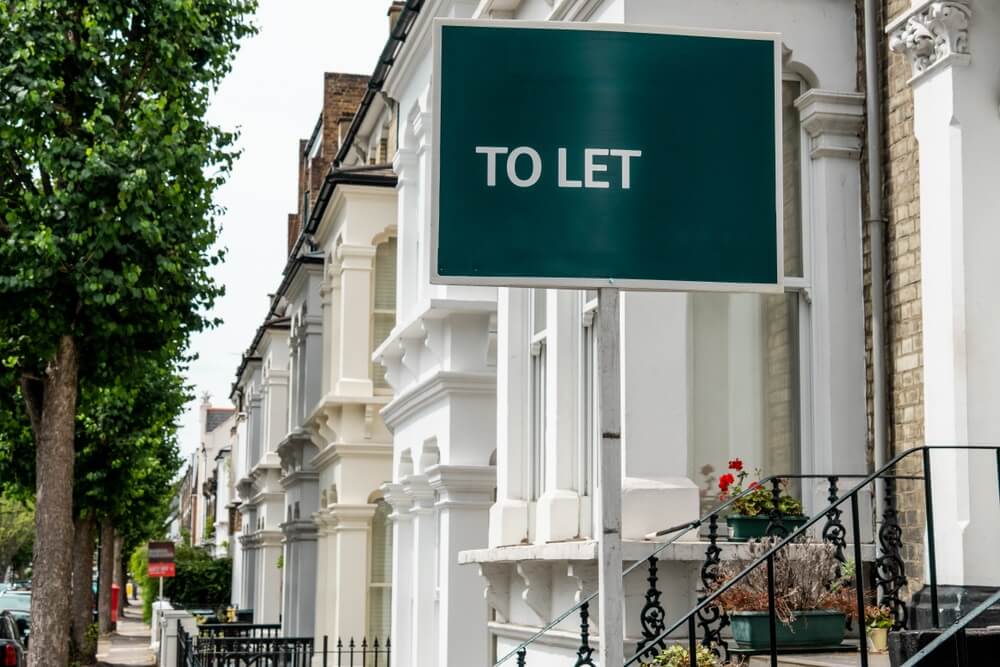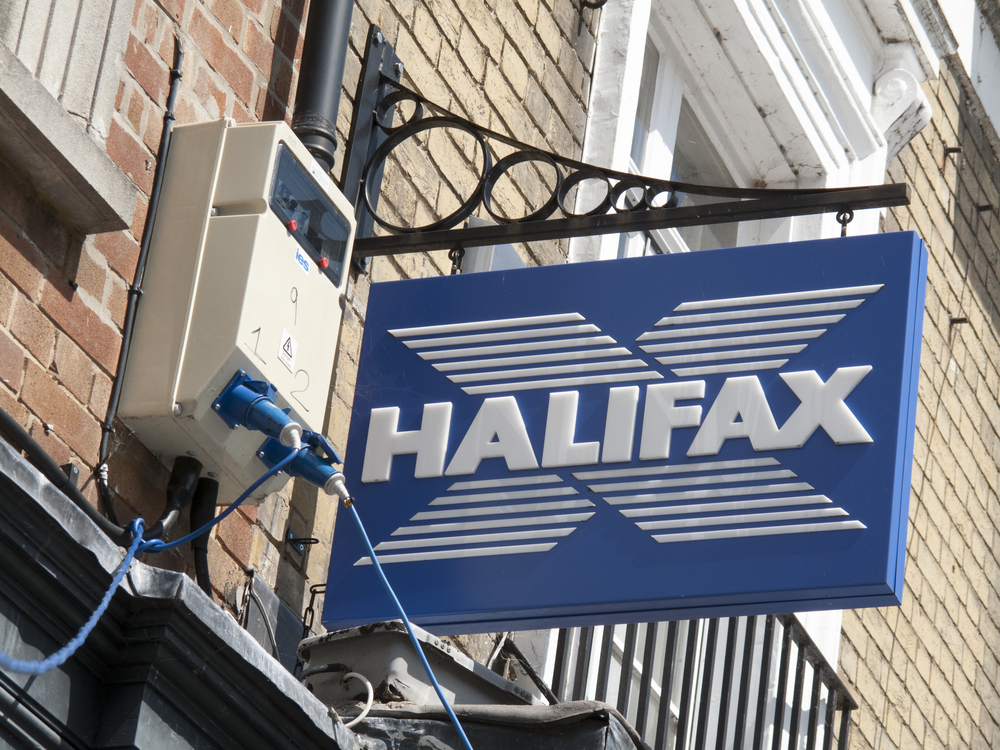New year, same dilemma: more mortgages, less houses
Government schemes and the availability of low-deposit mortgages has kick-started the property market back in to life, but the repercussions are that prices are on the rise as demand far outstrips supply. Rebekah Commane looks at supply and affordability issues facing mortgagees and renters alike
[col type=”two-third”]
While the Help to Buy scheme has certainly given the property market a kick in the teeth and made the topic of mortgages a little more interesting in general conversation, it has put increased pressure on the already stretched supply of houses in the UK.
The improved availability of mortgages means that for every house for sale there are even more people vying for it, driving prices up and meaning that you may now pay well above what the property was worth a few short years ago.
Prices on the rise
It’s been reported recently that there are twice the number of people in the UK than houses, with homeownership at a 25-year low, despite the recent upturn in the market as the economy recovers. Recent figures showed that the lack of supply pushed up house prices by an average of 5.5 per cent in the UK in 2013 and it’s easy to see how this could increase further this year. As always, London and the South East as a whole is the most likely to see the greatest house price rise as the gap between supply and demand is most evident there.
Last year stats showed that fewer homes were being built at present than at any time since World War Two, with 63 million people living in 26 million homes.
The Help to Buy scheme is two pronged in this argument. On one hand there is evidence to support that the equity loan element of the scheme is encouraging developers to increase the number of homes they are building. But on the other hand, there are now far more people in a position to buy thanks to the scheme, yet the level of building taking place is nowhere near meeting the level of requirement.
Renters affected
Increased house prices and lack of supply naturally has a knock-on effect on the rental market as many, particularly those in London and the more densely populated areas, find it all the more difficult to get on the housing market, even if they can manage to save a deposit for a high LTV (loan to value) mortgage; this, in turn, drives up the cost of renting.
In fact, new research from LSL Property Services found that 67,000 households are now in arrears of more than two months’ rent, while the number in severe arrears rose by 3.4 per cent in three months, proving that the price of renting is nearly becoming unaffordable.
The reality is that the supply issue is one that certainly won’t be resolved overnight. Even in areas where there is adequate land available, there are few existing residents who would be happy to have a housing development built on their doorstep.
The suggestion that vacant houses across the UK be taken over and renovated for sale could make some impact, but nothing of note, as there are said to be fewer empty houses in the UK than in nearly any other country in Europe.
Follow the land
Of course there are areas of the country where supply and land to build on are not issues in the slightest. But people naturally want to live where the work is, which, for millions of people, is London and the surrounding areas. A commute from Yorkshire to the capital might be a bit of a stretch every day and, luckily, there’s no law stating that the population has to be evenly distributed per square inch of the country!
For now it seems that there is no outright solution to the supply problem, so many will have to continue renting. While government schemes and access to low-deposit mortgages has seen the property market come to life once again, the knock on effect is that costs are continuing to rise for homeowners and renters alike.
[/col]
[col type=”one-third last”]
[/col]










 Buy-to-let
Buy-to-let











Add a comment